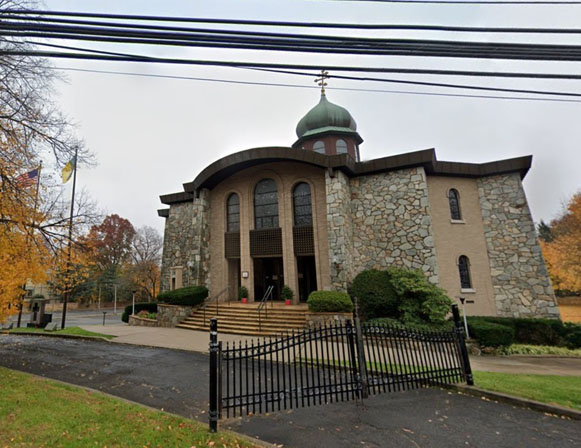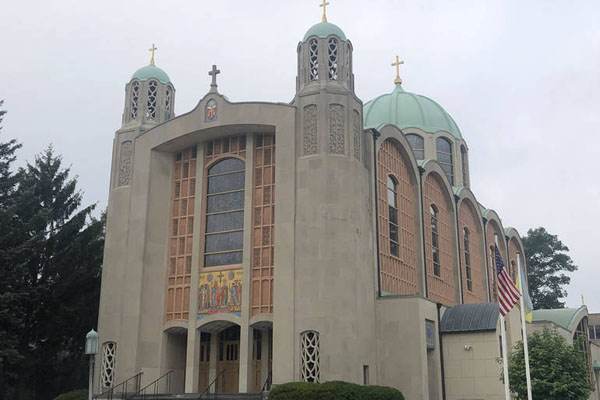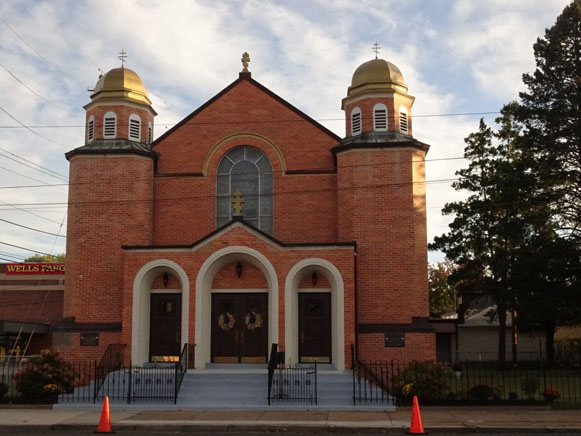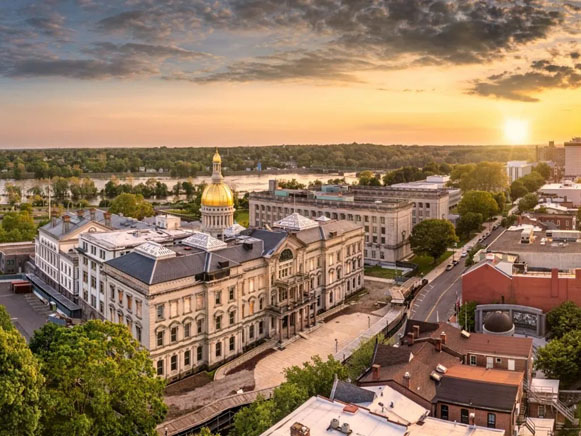New Jersey
New Jersey. A middle Atlantic state (2020 pop 9,288,994) of the United States of America, covering an area of 22,591.38 sq km. Its capital is Trenton. In the 1960 census 13,000 inhabitants gave Ukrainian as their mother tongue, and in the 1980 census 80,800 declared Ukrainian origin. By 1990 their number had fallen to 74,000. The largest Ukrainian communities are in Jersey City, Elizabeth, Newark, New Brunswick, Passaic, Paterson, and Trenton.
The first wave of Ukrainian immigrants to New Jersey (1870–1914) consisted mostly of poor peasants from Galicia, Bukovyna, and Transcarpathia, who worked as unskilled farm laborers or factory workers. After a few years some of them had raised enough capital to buy their land or to set up small businesses. In about 1908 the first Ukrainian rural settlement was established near Great Meadows. Later, Ukrainian farm colonies arose in Millville, Woodbine, Williamstown, New Market–Nova Ukraina, Newton, and Blairsville in southern New Jersey. The earliest forms of community life were church parishes. The first Ukrainian Catholic parishes were organized in Jersey City (1888), Elizabeth (1905), Newark (1907), Perth Amboy (1908), and Passaic (1910). A Ukrainian Presbyterian church was founded in Newark in 1909. Reading groups were formed for adults and evening schools for children to pass on a basic knowledge of Ukrainian language, literature, and Ukrainian history. The earliest schools were organized in Jersey City (1894), Newark (1895), and Passaic (1899). In the absence of social welfare, mutual aid societies were organized: the first sisterhood, Saint Olha’s, was established in Jersey City in 1897, and 35 branches of the Ukrainian National Association (UNA) had been set up by 1914. Community halls were commonly built in the larger communities to stage concerts and plays and to hold meetings. By 1914 about 50,000 Ukrainians lived in New Jersey.
The second wave of Ukrainian immigration (1920–39) included more people with education. Some newcomers and American-educated children of earlier immigrants entered the professions and local politics. By 1935 there were about 60,000 Ukrainians in New Jersey.
The postwar immigration (1945–60) of political refugees and displaced persons included a high proportion of educated men and women, who strengthened existing Ukrainian institutions and formed some new ones. Rutgers University introduced courses in Ukrainian language, literature, and history of Ukraine. By 1975 the UNA had 59 branches with 12,000 members in New Jersey. The Ukrainian Catholic church has 19 parishes with about 22,000 members in the state, and the Ukrainian Orthodox Church in the USA, centered in South Bound Brook, has 8 parishes with about 10,000 members. National political organizations, such as the Ukrainian Congress Committee of America, the Organization for the Defense of Four Freedoms for Ukraine, and the Ukrainian National Women's League of America, have branches in many of the state’s cities. Jersey City, the site of the UNA’s head office, is a major publishing center for the daily Svoboda, the Ukrainian Weekly, and the children’s monthly Veselka. . By 1976 there were six Ukrainian credit unions in New Jersey, all founded after the Second World War.
[This article originally appeared in the Encyclopedia of Ukraine, vol. 3 (1993).]



